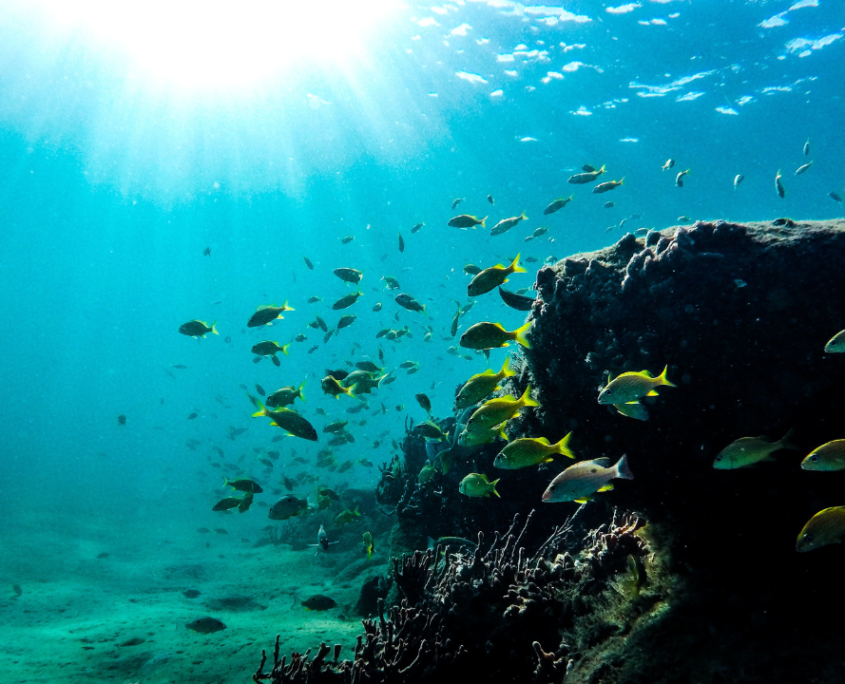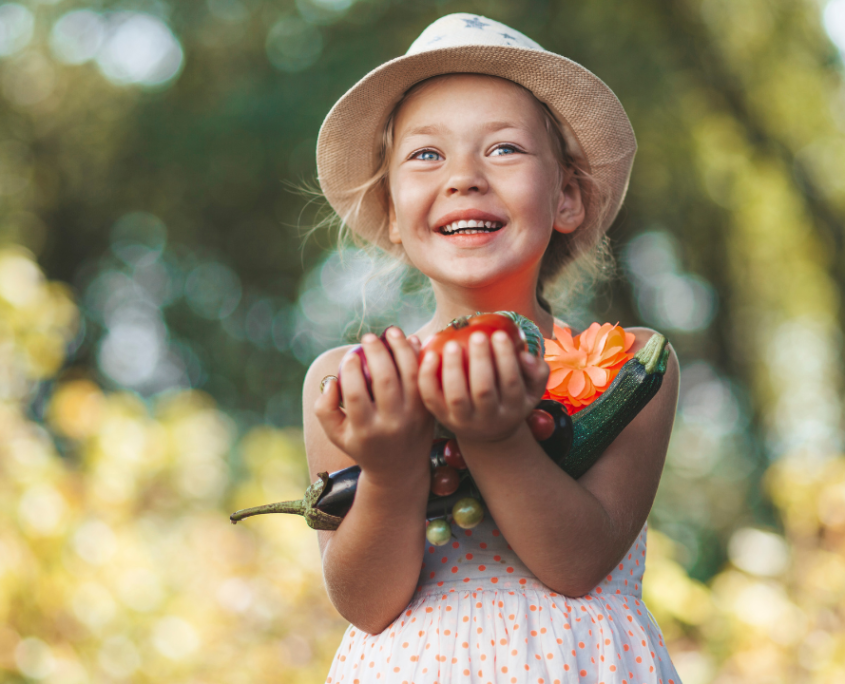Challenge: Feeding 10 Billion People by 2050
IAAS Secretariat: Chloe Tay
“Overfishing is a HUMAN PROBLEM”
A majority of the world’s fish stocks are fully exploited or overexploited at a time when 37 percent of the global population lives in coastal communities.
Many of these communities depend on the health of the oceans for their livelihoods. As the world’s population will continue to grow and create challenges, how will we feed 10 billion people by 2050?
The issue of overfishing is as much a human problem as it is an environmental one. Reducing overfishing requires both better business practices and natural resource conservation.
Fish International: Shedding Positive Light on the Future of the Ocean
Germany’s fish international – Germany’s fish fair took place at the beginning of September 2022 in Bremen, where numerous fish and seafood alternatives were exhibited among experts from the aquaculture industry. At this event, exhibitors took a dive into the alternative seafood industry.
The ultimate goal for the industry is to produce seafood products efficiently that can take pressure off our oceans. Fish International trade fair is one of the largest trade fairs for the European conventional seafood industry- to demonstrate the enormous potential that plant-based, cultivated and fermentation technologies hold for companies of all shapes and sizes entering alternative seafood sector. Since there are no longer plenty of fish in the sea, there’s a clear need for professionals, researchers, and entrepreneurs to take a strategic and innovative approach in solving the issue of overfishing and food security.
At the fair, it brought together numerous seafood companies, including Revo Foods, Bluu Seafood, Happy Ocean Foods, and others. While Bluu Seafood from Germany presents first cultivated seafood products in Europe, Happy Ocean Foods presented its new plant-based products launched in partnership with Beyond Meat and ready to enter the market soon.
THE PROCESS OF CELL-BASED SEAFOOD
The core concept behind this method is the tissue regeneration process, which naturally occurs in all animals; tissues renew themselves by reproducing cells to repair and maintain overall health. Cell-based seafood replicates this process under controlled conditions.
This process brings many advantages. It is efficient, and less usage of resources when compared with conventional seafood conduction. Therefore, various reports have mentioned that this method is also useful in substantially lowering GHG emissions.
TOP CHALLENGES FACING SUSTAINABLE SEAFOOD
The biggest challenges faced by the alternative seafood industry are the higher cost of production, perfecting the taste of the food and scaling up the production.
Success in the complicated world of seafood sustainability often begets more complexity, a truth accomplished businesses are well aware of. Today, seafood business leaders are busier than ever, as they deal with a rapidly evolved world and marketplace caused by climate change and the Covid-19 Pandemic. While many are committed to advancing seafood sustainability, the additional complexity they face in that realm represents the primary impediment to progress, and so studying and working to solve that problem has become the mission of Seafood2030.
A PATHWAY TO FEEDING THE GROWING POPULATION IN THE WORLD
Cultivated seafood is shaping up to be a serious niche within the cell-based protein sector. This is especially true in Asia, where demand for seafood remains high. Feeding the world in 2050 is possible, even without needing to convert much additional land to agricultural purposes.
Now is the time to bring the aquaculture communities, funders, seafood businesses, researchers, stakeholders, and others to the table to tap into the freshest ideas out there. It is crucial for us to craft out carefully planned solutions and take into consideration in establishing appropriate legal frameworks to contribute towards feeding 10 billion people by 2050.





